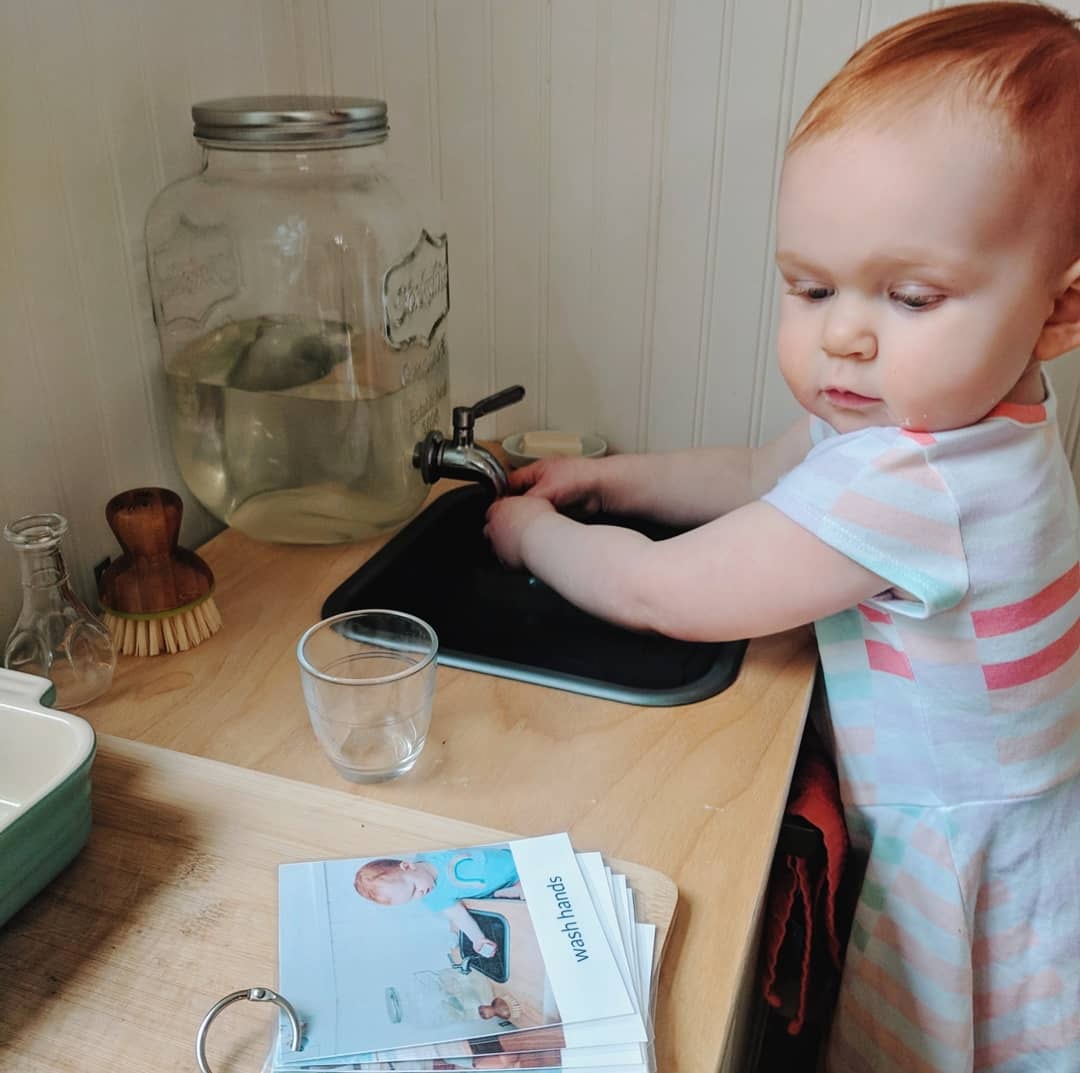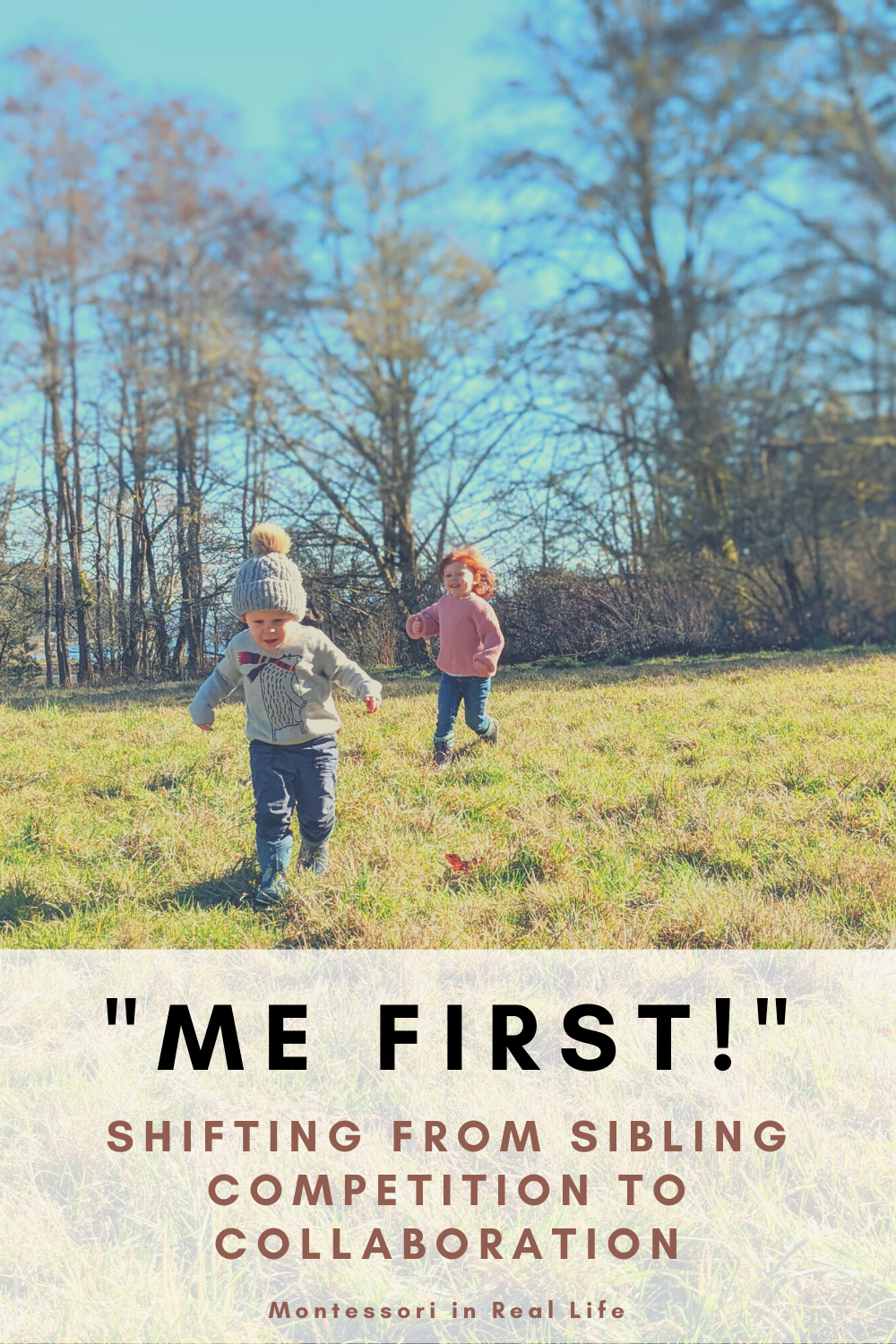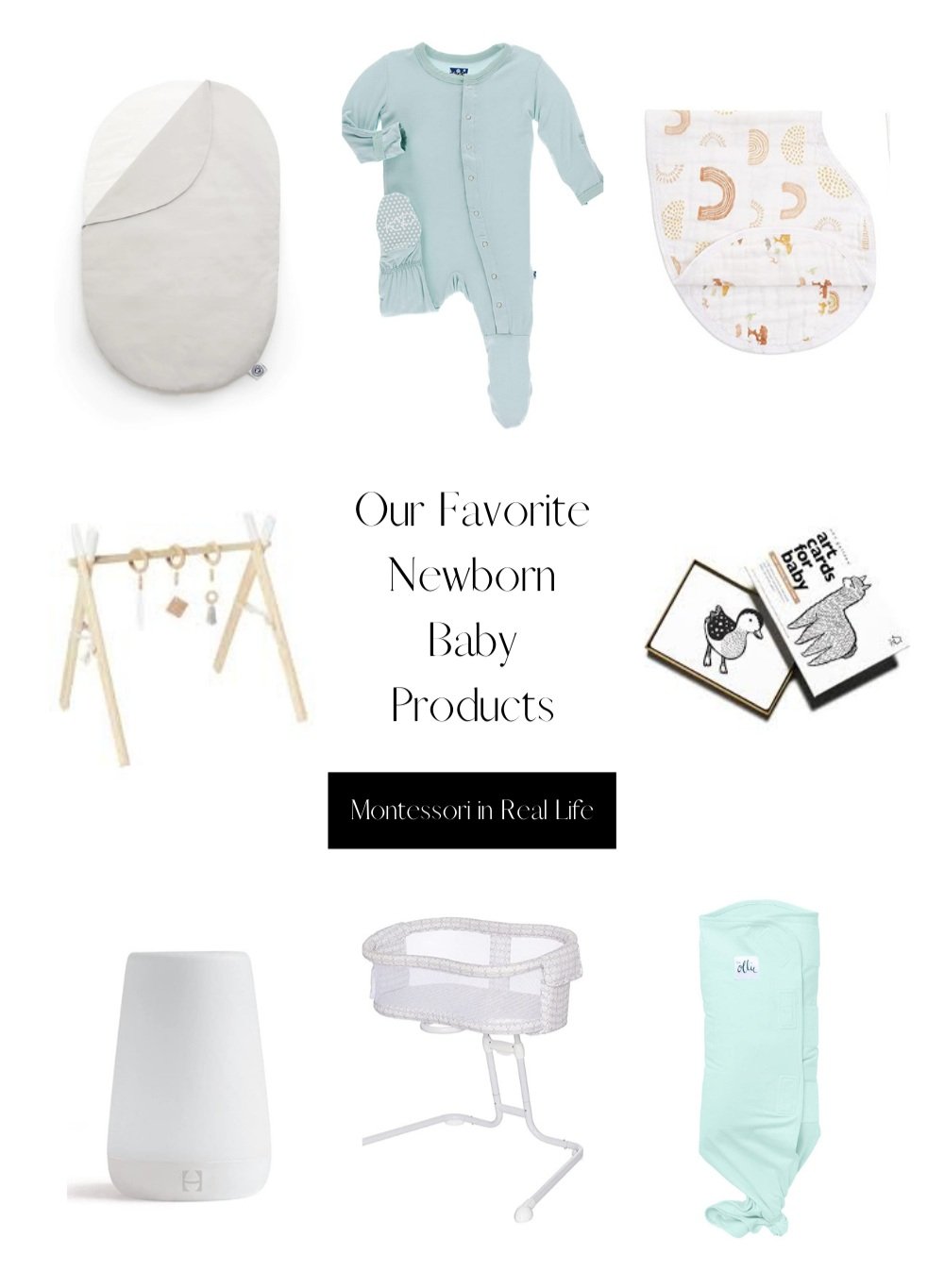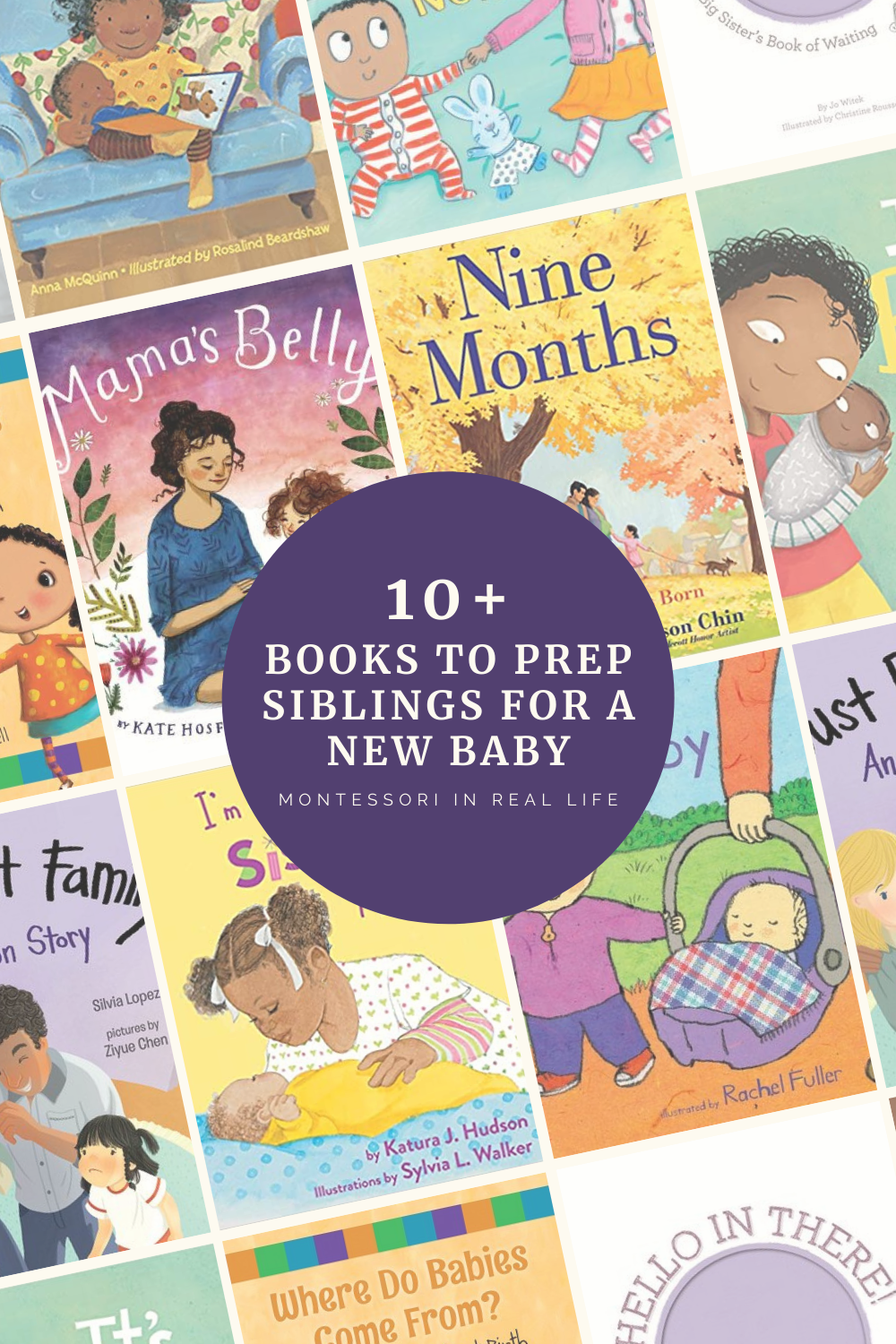Tackling Transitions with a Toddler
Montessori in Real Life
After my Instagram post about routine cards, I got a lot of questions about how to make them and how I use them. I figured it was worth it to write a short blog post about it, and a few transition tips in genera!! By transitions, I mean shifts in the day such as getting ready for outings, getting ready for nap or bed, and cleaning up or setting up before a meal.
Daily transitions are difficult for toddlers, because it means switching from one activity to another (often sooner than they want). Transitions are also tricky because they typically involve multiple steps, which can be hard to remember, and even harder to execute. Toddlers do not yet have the self control or planning skills that we do, but they do have the determination. The more we try to hurry the process along, the more resistant they become. It can definitely be a vicious cycle! Though we are unlikely to make transitions a breeze, especially when we are dealing with an over-tired or over-hungry toddler, there are ways to make them slightly easier, and hopefully more pleasant.
Consistency
The best way to help toddlers tackle transitions is by creating and keeping a consistent routine. This isn’t always possible, especially as busy parents, but we can do our best. Toddlers thrive on routine as it gives them a sense of security in a big, overwhelming world. Keeping a routine doesn’t mean you have to do the same thing every day, but it means maintaining a certain rhythm to the day, so your child knows what to expect. You can read more about our routine in this blog post. There are of course days when routines are completely thrown off, and in that case, the best thing we can do is just let our toddler know, and talk to them about what we are doing as we do it, and give a little warning about what we’ll do next. With toddlers, it’s best to keep words simple and to the point.
Choice
Toddlers love to feel that they have some control over their life, as they should. Though we can’t and shouldn’t let them make all the decisions, we can provide them with simple choices that give them a sense of autonomy. Transitions are perfect times for these. Instead of asking whether your toddler would like to use the potty (giving them the appealing option to say “no”), we can ask “Would you like to read ____ book or _____ book on the potty?”. Another example is getting dressed. “Would you like to wear the blue shirt or pink shirt today?” Toddlers do best with only two choices, and avoiding yes/no questions altogether. Sometimes the questions are just “Would you like to put on your coat or would you like my help?” Sometimes D doesn’t want to make a choice or do the task independently, and in that case, I make it for her (e.g. I help her with the coat or help her sit on the potty) and we move on. It’s never productive to get in a power struggle or debate with a toddler.
Routine Cards
Though I’ve seen lots of printable routine cards online, I really wanted something more personalized for D. Each toddler has their own struggles with transitions, so it’s nice to customize them. Plus, it is much more fun for toddlers to see pictures of themselves and their house than drawings or cartoons! D has loved that part of it. Based on the transitions that we’ve struggled with at home, I made three sets: “getting ready to go outside/on an outing”, “getting ready for nap”, and “setting up for mealtime”. We go over the sets/routine together like a book first. Then when it’s time to actually go through the steps in a transition, we take the set of cards with us and go through the steps in real life, one by one. I like using the binder rings because I can take out or add steps as needed!
If you’d like to create these cards for your toddler, here are the steps:
Think about the transitions your toddler could use some help with and jot down a list of the steps (focus on important ones) that the transition(s) involves.
Find or take photos of a) the space in your house where task occurs or b) your child doing said step/task.
Download my template here!
Using Word or Google Docs or similar, insert your own photos and text into the template.
Print on cardstock, cut into cards, and laminate! (I use this thermal laminator and love it!)
Use a hole puncher to make a small hole in the upper left hand corner of each card and then group photos/steps together in sets with these small binder rings.
Songs and Rhymes
Lastly, transitions can be made more fun by songs and rituals. D loves books and songs more than anything so those have been helpful for us. Singing the same song at certain times of the day help our children know what’s about to happen. For example we probably all have certain bedtime songs we sing to our babies or toddlers to help let them know it’s time to sleep. While I often just make up little rhymes about going to the potty or cleaning up, This Reading Mama’s website has some great transition/routine songs to try out! Below is one of our favorites.
I hope one of these tips helps make your transitions just a little smoother too! :)
















